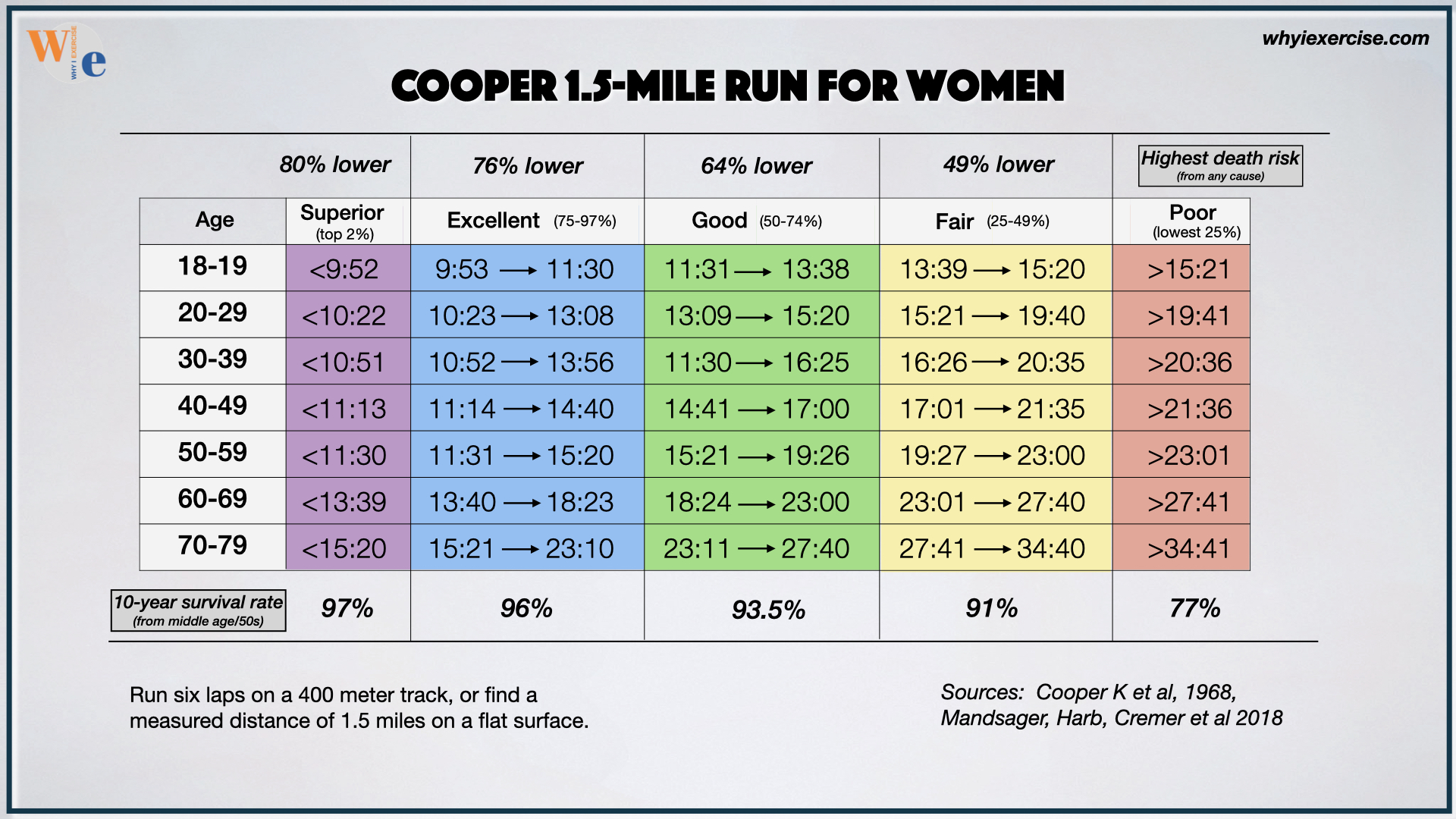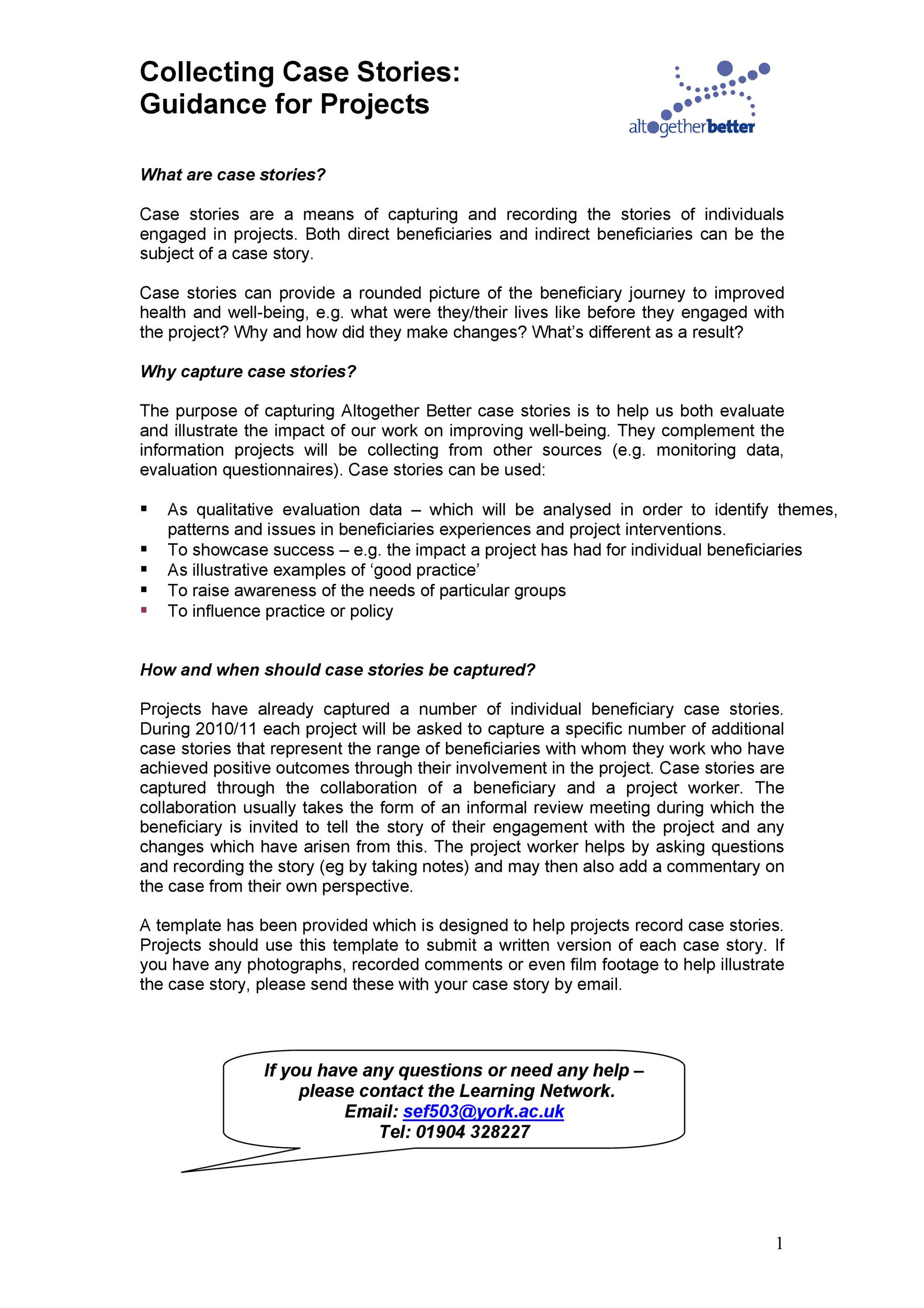Understanding the Factors Influencing a 60-Year-Old’s Running Speed
Age-related physiological changes, fitness level, running history, and overall health significantly influence how fast a 60-year-old can run 3 miles. As individuals age, muscle mass and lung capacity naturally decline, which may affect running pace. However, maintaining a consistent fitness routine and engaging in regular running can help mitigate these age-related changes. A 60-year-old’s running history plays a crucial role in determining their current running pace. Those with a background in competitive running or endurance sports may retain a faster running pace compared to those who have only recently taken up running.
General Guidelines for a 60-Year-Old’s 3-Mile Run
When determining an appropriate running pace for a 60-year-old, it is essential to consider age-related physiological changes and sustainability. Aiming for a pace that allows for comfortable conversation during the run is a good starting point. For most 60-year-olds, a 3-mile run should ideally be completed between 30 to 45 minutes, depending on their fitness level and running history. However, it is crucial to remember that there is no one-size-fits-all answer to the question of “how fast should a 60-year-old run 3 miles.” Personalized goals and paces should be established based on individual abilities and health conditions.
How to Determine Your Own Optimal Running Pace
Establishing a personalized running pace is crucial for a 60-year-old to enjoy their running experience and avoid injury. Utilizing online pace calculators, heart rate monitors, and perceived exertion are effective methods for determining the optimal running pace. Online pace calculators, such as those provided by running websites and apps, can help estimate a suitable running pace based on factors like age, gender, and previous race times. Heart rate monitors offer real-time feedback on exertion levels, allowing 60-year-olds to maintain a sustainable heart rate zone during their runs. Lastly, perceived exertion, or the feeling of how hard one is working during exercise, can be a simple yet valuable tool for gauging running pace. By aiming for a moderate level of exertion, a 60-year-old can maintain a sustainable and enjoyable running pace.
The Importance of Gradual Progression and Consistency
Gradual progression and consistency are key factors in improving a 60-year-old’s running pace while minimizing the risk of overexertion and injury. Aiming to increase running distance or pace too quickly can lead to burnout, fatigue, and potential injuries. Instead, a 6
Incorporating Cross-Training and Strength Training
Cross-training and strength training are essential components of a well-rounded running program for 60-year-olds. These activities can help improve overall fitness, functional strength, and running pace. Cross-training, such as swimming, cycling, or using an elliptical machine, can provide a low-impact workout that complements running, helping to reduce the risk of injury. Strength training, focusing on exercises like squats, lunges, and core work, can enhance functional strength, enabling 60-year-olds to maintain a more efficient running form and better manage their pace during runs.
Nutrition and Recovery for Optimal Running Performance
Proper nutrition and recovery play a vital role in supporting a 60-year-old’s running performance. Post-run meals should include a balance of carbohydrates, proteins, and healthy fats to aid in muscle repair and glycogen replenishment. Aim for a meal or snack consisting of a 3:1 or 4:1 carbohydrate-to-protein ratio within 30 to 60 minutes after a run. Staying hydrated before, during, and after runs is equally important, as dehydration can negatively impact running performance and overall health. Additionally, ensuring adequate rest between runs and cross-training sessions allows the body to recover and adapt, promoting improved running pace and reduced risk of injury.
Staying Motivated and Injury-Free Over the Long Term
Maintaining motivation and avoiding injuries are crucial aspects of pursuing a consistent running pace for 60-year-olds. Set realistic goals based on your current fitness level and progress at a gradual pace. Mix up running routes to keep workouts interesting and engaging. Incorporate interval training, hill repeats, and tempo runs to challenge yourself while avoiding monotony. Additionally, listen to your body and allow for extra rest and recovery when needed. By combining varied workouts, realistic goals, and attentiveness to your body’s needs, you can effectively maintain a consistent running pace over the long term.
Real-Life Examples and Case Studies
Discover the inspiring stories of several 60-year-olds who have successfully maintained a consistent running pace over the long term. These individuals demonstrate that age is merely a number when it comes to pursuing an active lifestyle and staying fit.
Case Study 1: Jane, a 63-Year-Old Marathoner
Jane, a retired nurse, began running in her late 40s and has since completed over 20 marathons. She emphasizes the importance of gradual progression, cross-training, and proper nutrition in maintaining her running pace. Jane typically runs four times a week, incorporating hill repeats and long runs, and complements her running routine with strength training and yoga. She pays close attention to her post-run meals, ensuring a balance of carbohydrates, proteins, and healthy fats to aid in recovery.
Case Study 2: Bill, a 60-Year-Old Trail Runner
Bill, a former college athlete, turned to trail running in his 50s as a way to stay active and enjoy the outdoors. He stresses the value of setting realistic goals and listening to one’s body to avoid injuries. Bill typically runs three to four times a week, alternating between easy runs, interval training, and long trail runs. He also incorporates cross-training activities like cycling and swimming to maintain a well-rounded fitness level.
Case Study 3: Susan, a 62-Year-Old 5K Enthusiast
Susan, a mother of two and grandmother of four, enjoys participating in local 5K races. She advocates for mixing up running routes and incorporating interval training to keep workouts interesting and challenging. Susan typically runs three to four times a week, alternating between easy runs, hill repeats, and interval sessions. She also prioritizes rest and recovery, taking at least one rest day per week and ensuring adequate sleep each night.






